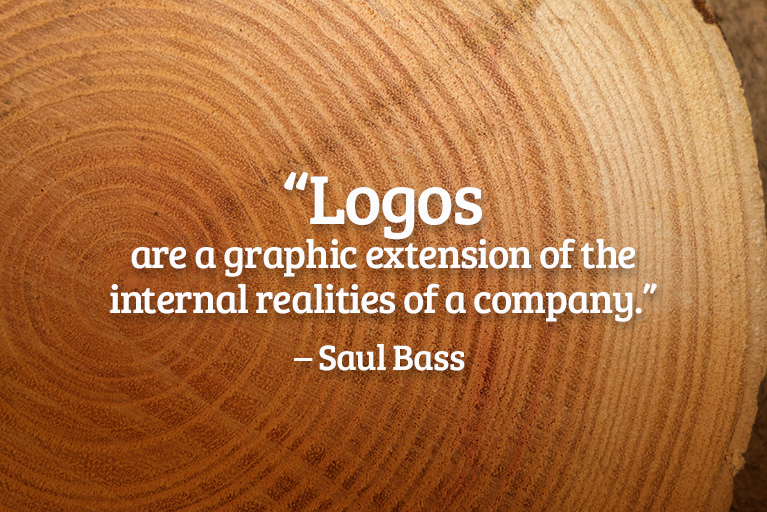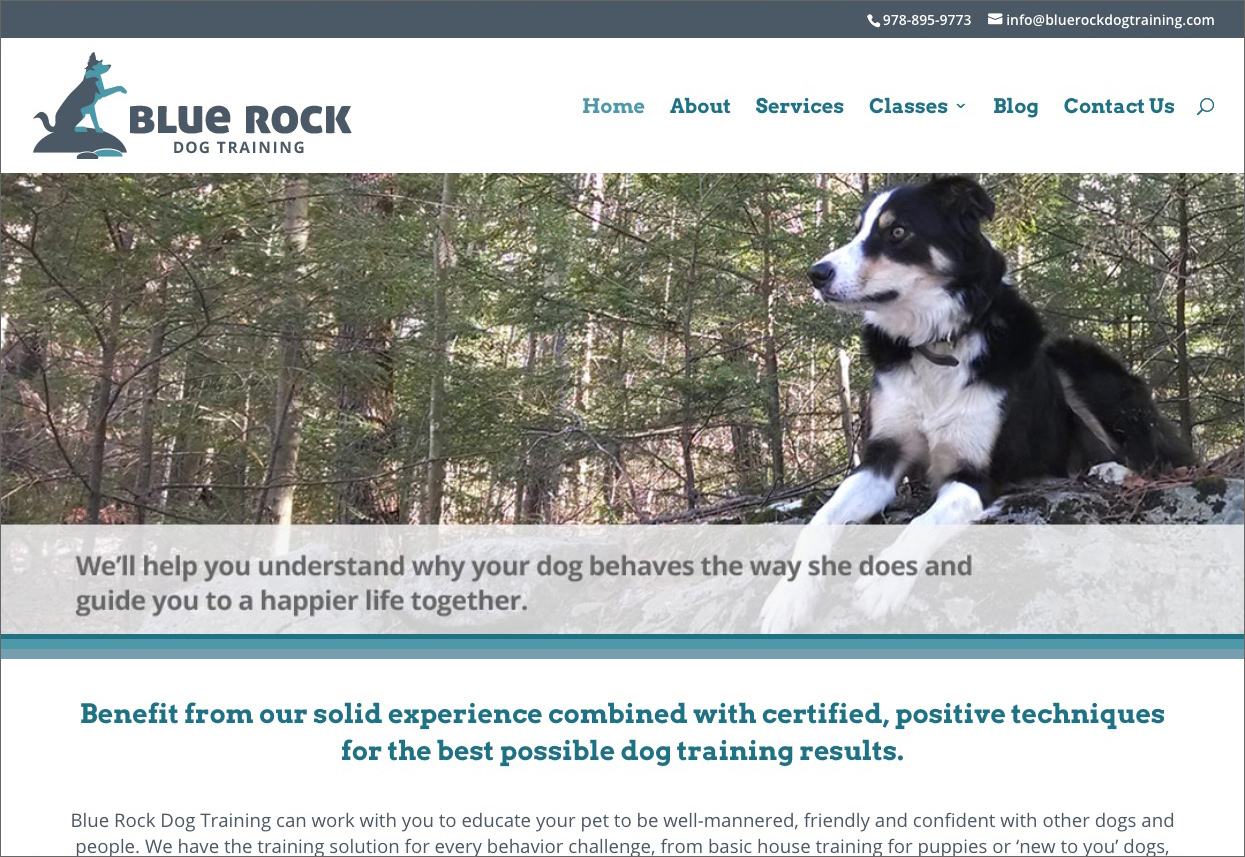I love helping people with logos because they usually come to me when they’ve decided to strike out on their own and start a business. Sometimes they have a business and want to make a change or start another business. They’ve probably been on quite a journey leading up to this point. They bring me all of their ideas and enthusiasm and it’s exciting to be there at the inception. If you are starting a business and need a logo, I’ll need to know a few specifics before I begin. But first you should understand that I’m going to help you create not just a logo, but develop a brand. In this article I’ll tell you what I mean by that and how can you be prepared to help me or any other designer create a logo that will be effective for your business.
What’s the difference between a logo, and identity, and a brand?
It’s a common misconception that a logo or an identity is a brand. A logo is really more like a nametag for an organization or a product. It’s a graphic representation meant to convey the essence of a brand. Its sole purpose is to identify your business. It can be beautiful or clever but the role it takes as an identifier is its primary job. However, the way it is designed, the impression it makes, and the associations it triggers, the way the public interacts with it, are important. A well-designed logo is memorable and recognizable and correctly represents your brand. Saul Bass, the famed designer of logos for Kleenex, United Airlines, Minolta, and Girl Scouts put it this way, “Logos are a graphic extension of the internal realities of a company.”

An identity is formed by the logo and its application, i.e. the elements used by the company such as stationary, signage, vehicle graphics, uniforms, etc. An identity system is a comprehensive plan for how the logo and all of the elements get used to create an experience of a brand. By creating a well-designed identity system, we begin to create a visual voice for a company.
A brand is so much more than the visual. A brand is not what you say it is; it’s what everyone else says it is. So, it’s everything about you – your quality, service, value, as well as your integrity, your work ethic, authority, what you stand for – everything that can possibly contribute to the way your company is perceived.
The process of creating a brand requires you to examine who you are and why you do what you do. It is deeply introspective and yet requires that you look at the world around with new and unique perspectives. This can only be a healthy process. Scott Bedbury expresses perhaps the best reason to brand in his book, A New Brand World. He wrote, “The challenge of being seen, heard, and remembered – not to mention desired and respected – amid the evolving chaos of change will not just test but will bring out the best in every one of us.”
So what do we need to know to get started?
The design process starts with a Creative Investigation resulting in the Creative Brief. The Creative Brief is a document that lists the agreed upon goals and objectives for the project. It defines what we are designing and why. A good creative brief sets up expectations and ensures that the design decisions we make are backed up by sound reasoning. The Creative Investigation I use not only helps me prepare the brief for the logo project, but it helps you start to develop the vision for your brand.
The Creative Investigation
I like to provide the Creative Investigation questionnaire ahead of time so you can get introspective, do some research, and bounce your ideas off others. Below are some of the questions I ask. I don’t need the answers to all of the questions before we create your logo but the more we know, the better the picture we get.
- Is there anything about the name of your company that I should know about, either the name itself or how the name was arrived at?
- Please summarize your key service offerings and the mission of your company.
- Describe the vision you have for your company. Tell me about the impact you want to be making.
- Who are some of your competitors?
- Who is your primary audience?
- Are there any new markets you are trying to break into?
- What does your audience already believe before we tell them anything?
- What else do you want your audience to know about you?
- If you could get one sentence though all the clutter what would it be?
- If they asked you to prove it, how would you do that?
- Tell me about some of the problems you have in clearly communicating your company’s value. Are there any misconceptions we should work to dispel?
What is Your Unique Selling Proposition (USP)?
I also want to know what your Unique Selling Proposition is. It’s helpful to get started thinking about it, even if you aren’t ready to answer. Here are links I include to two articles for more information about that: What a Unique Selling Proposition Really Means & Why Your Business MUST Have One and 5 Ways to Develop a Unique Selling Proposition.
What else should you communicate?
When I worked on my own branding, I realized a few things about myself that helped me decide what I wanted to communicate. So I recently added the following section to the investigation that I think could give you another perspective.
- List 5-7 activities you do related to your business.
- Now rank them in order of what you love to do best. For example if you are a massage therapist, maybe #1 could be caring for chronically ill. #2 could be sharing your knowledge… maybe #5 could be making money or maybe #1 is making money. Whatever those things are, it’s important to know what they are.
Attributes List
The other thing I like to ask for is your top 7 attributes. The attributes list is meant to help you find words you should incorporate into your messaging. They are things your customers would say about you – what people will see all of the time when they work with you. Here are mine for example:
- Caring: I show kindness and concern.
- Organized: I am a meticulous planner.
- Creative: I think outside the box.
- Honest: I value integrity.
- Reliable: I can be counted on to deliver.
- Detail-Oriented: I pay attention to everything.
- Focused: I am goal-oriented.
What next?
I’ll follow up with a conversation and more questions before writing a brief. Once all of this information is gathered, we’ll proceed to not only design a logo, but to understand what else your business might need to market itself effectively. So, even though the Creative Brief is written specifically for the logo project, the process can give you a roadmap for marketing your business and shaping your brand.
To sum things up, you can see that a designer needs to know a lot more than what colors and other logos and designs you like before creating your logo. Logo design is not just a matter of taste. A lot of strategy goes into designing it. A logo and the process of creating one, is a key component of starting a business and one you should be prepared to invest time and money in. And when you start a business, whether you intend to or not, you’re creating a brand.


